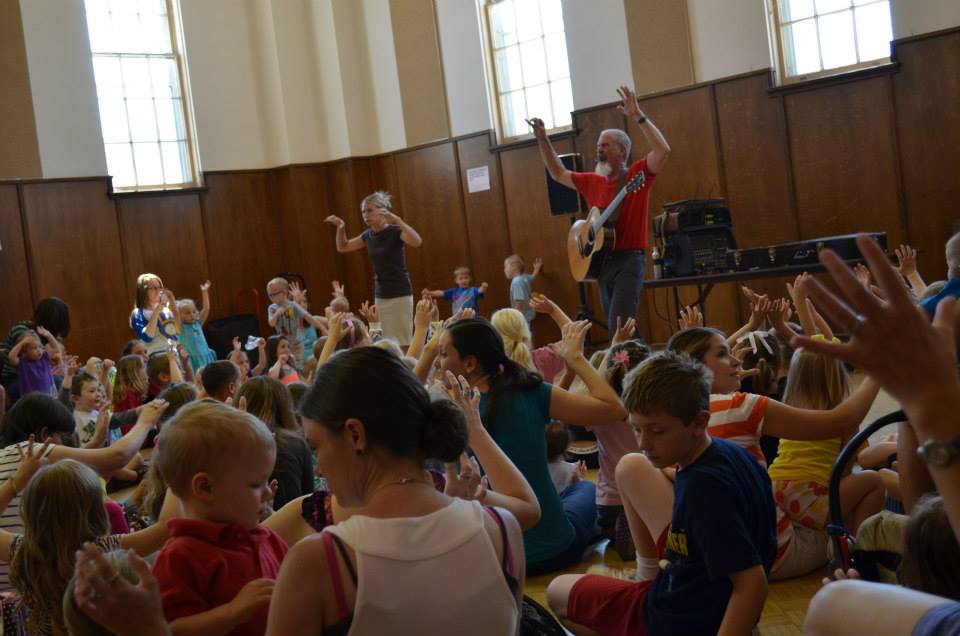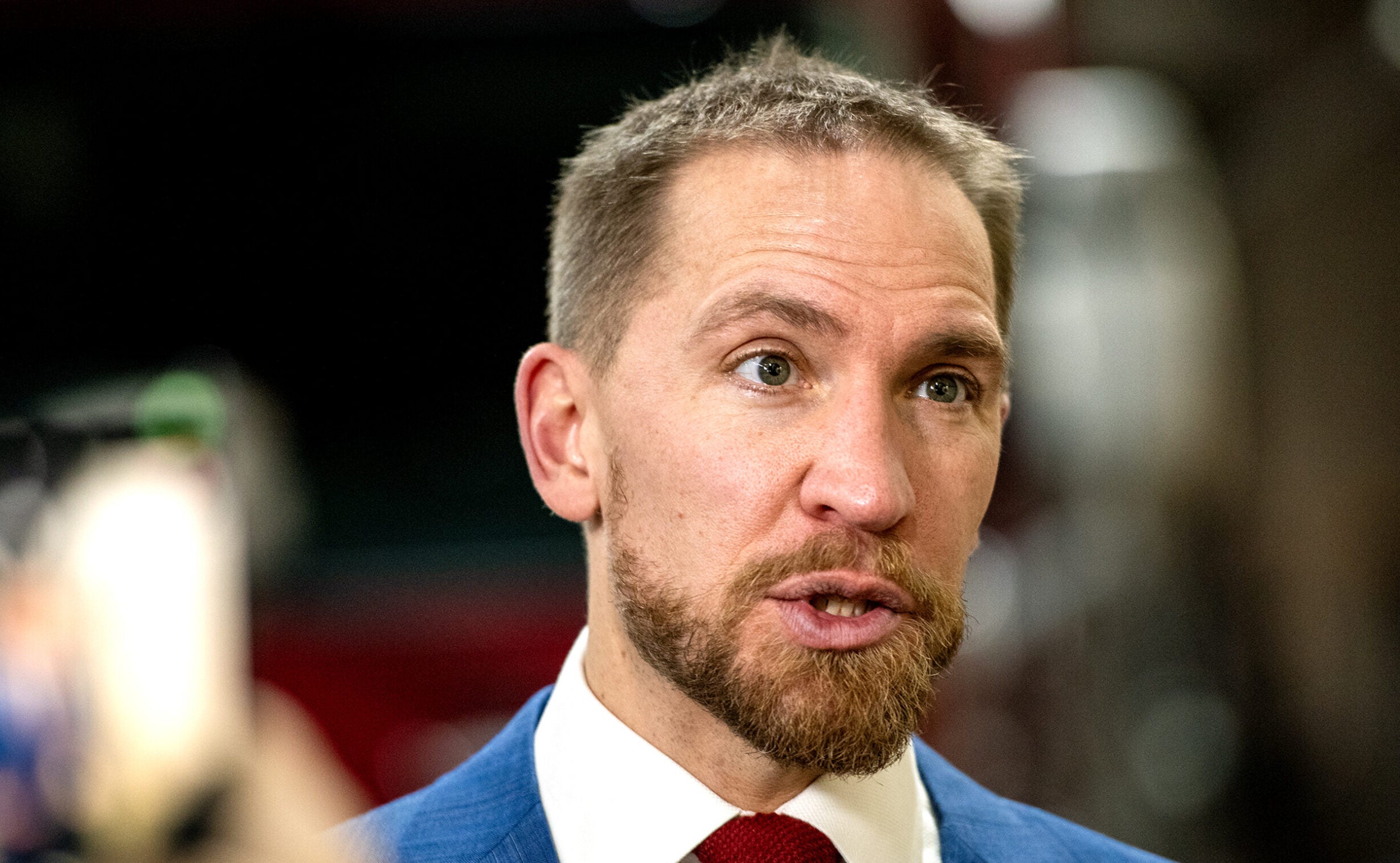Early in her life, Jacqueline Corey felt a deep calling to explore sign language, so when a course teaching the language became available at the University of Wisconsin-Eau Claire, she seized the opportunity.
“I took it, and I took every succeeding class I could after that to immerse myself in the culture, in the language as much as possible,” she said.
American Sign Language is among the country’s most widely used and studied languages, according to the national campaign Lead with Languages. Corey graduated conversationally fluent in ASL but needed more education to become a licensed interpreter.
Stay informed on the latest news
Sign up for WPR’s email newsletter.
Now, about a decade into the profession, she is seeking to spread awareness of ASL in Wisconsin. Corey is an interpreter for Appleton-based ASL Partners. She recently appeared on WPR’s “The Morning Show” to discuss her work and experiences.
This interview has been edited for clarity and brevity.
Kate Archer Kent: The language has its own rules as far as grammar and sentence structure and some of those foundational things. Can you just share an example of a sentence and how you worked through it and what it means most?
Jacqueline Corey: What most people don’t think about, and why sign language is different than spoken languages, is that it’s three-dimensional. It’s not two-dimensional. It’s very visual in some aspects. It’s almost like drawing a picture in the air.
The example I always like to use that one of my old instructors taught me was the sentence, “The house on the hill is on fire.” In American Sign Language, we would sign “hill” because the hill has to physically be there. I would show a hill in the space in front of me. I would draw it in the air. Then, I would sign “house” and put the house on top of that hill. It’s very visual. The hill has to be there. There has to be a land structure before a house can be built on top of it. Then I would sign “fire,” but I would show it exactly where the house is, showing that (the fire is) inside the house.
KAK: It’s just remarkable all the things that are going on at the same time in the interpreter’s brain. What do you think?
JC: I like to call it the circus in our heads. I don’t think anyone can do two things exactly at the same time. But quite quickly after one another, we’re attempting to do three things essentially at the same time. I’m listening or visually taking in the sign language that someone is producing… I am processing what was said one second ago. I’m producing either with my voice or my hands what was said two seconds ago. All of that has to be done as simultaneously as possible.
At the end of the day, your brain is mush. You just go home and you’re mentally exhausted, because you’re essentially a human telephone.
KAK: The National Association of the Deaf says that each country has its own sign language. Should there be a universal language?
JC: There is one international sign language. It’s called Gestuno. It’s used primarily at United Nations meetings. I would say five to 10 people throughout the entire world know it. It’s not very widely used. But American Sign Language is not universal. Every country has its own sign language. American Sign Language is derived from French Sign Language.
KAK: Explain a little bit more about the licensing process and passing the state exam. What does the state require?
JC: There is a state certification and there is a national certification. The state certification looks a little bit different. The national (is) a little bit more intense. I currently do not have my national. I only have my state certification.
The national (exam) is a pretty intense exam. It is not regulated well. Oftentimes, people who have been in the profession for many, many years — 20, 30, 40 years — have a hard time passing the national exam. It makes people shy away from maintaining the profession for a long period of time.
KAK: Do you have to be recertified each year on a state level?
JC: It’s every other year we get recertified. We have to keep up with our license by getting (continuing education units), much like teachers used to have to do. Then we have to keep up with all the new and upcoming exams. Oftentimes, they come up with a new exam because legally things have changed.
I’ve been in this profession for about 10 years. Legally, things have changed probably three or four times in those 10 years. I’ve had to go back and retake all the new exams. They have not allowed me to be grandfathered into the old systems. It makes things, again, rather challenging for people who want to stay in the profession, because it’s like, I’ve already passed this exam. Why are you making me take another one? It’s definitely challenging to find interpreters.
KAK: You get a call for when your services are needed. How does that work?
JC: We have interpreted for any deaf person or hearing person for that matter. It goes both ways, right? People often forget that… We do medical, we do weddings, funerals, births, deaths, Weight Watchers meetings, AA meetings. We’ve interpreted in the prison systems, in the schools and colleges. They call us and we show up.
Wisconsin Public Radio, © Copyright 2025, Board of Regents of the University of Wisconsin System and Wisconsin Educational Communications Board.

